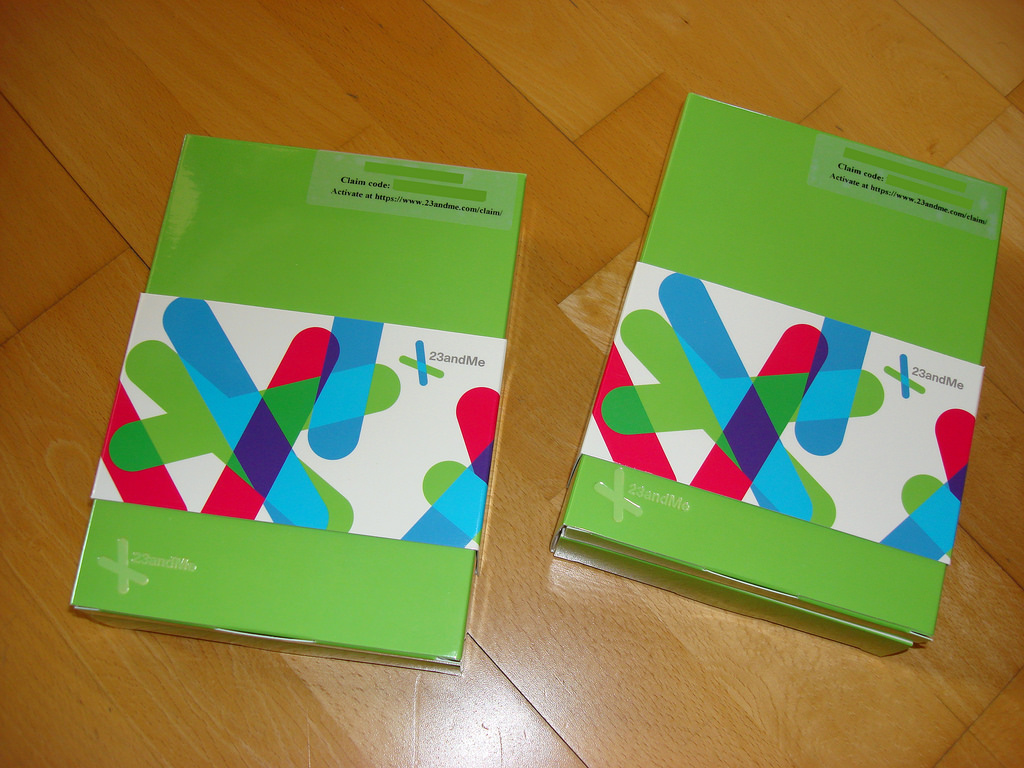Aggregated News

A year ago, when cops captured Joseph James DeAngelo, the suspected Golden State Killer, the world woke up to the power of genetic genealogy. DeAngelo was identified because DNA he left at the scene of a 1980 double murder partially matched the profiles that a few of his distant relatives had uploaded to a public website to research their family history. Based on those matches, a team of detectives drew up family trees that eventually led them to DeAngelo, suspected of at least 13 murders and more than 50 rapes.
In the year since, more than 50 other criminal cases have been cracked using similar methods, launching a new forensic science industry. One estimate has suggested that more than half of the US population could be found in this way — although genealogists have warned that, in practice, complications like adoptions or misunderstandings over who is the biological father of a child can throw an investigator off track.
How hard is it to crack cases in this way? And what issues does it raise, as police recruit...



